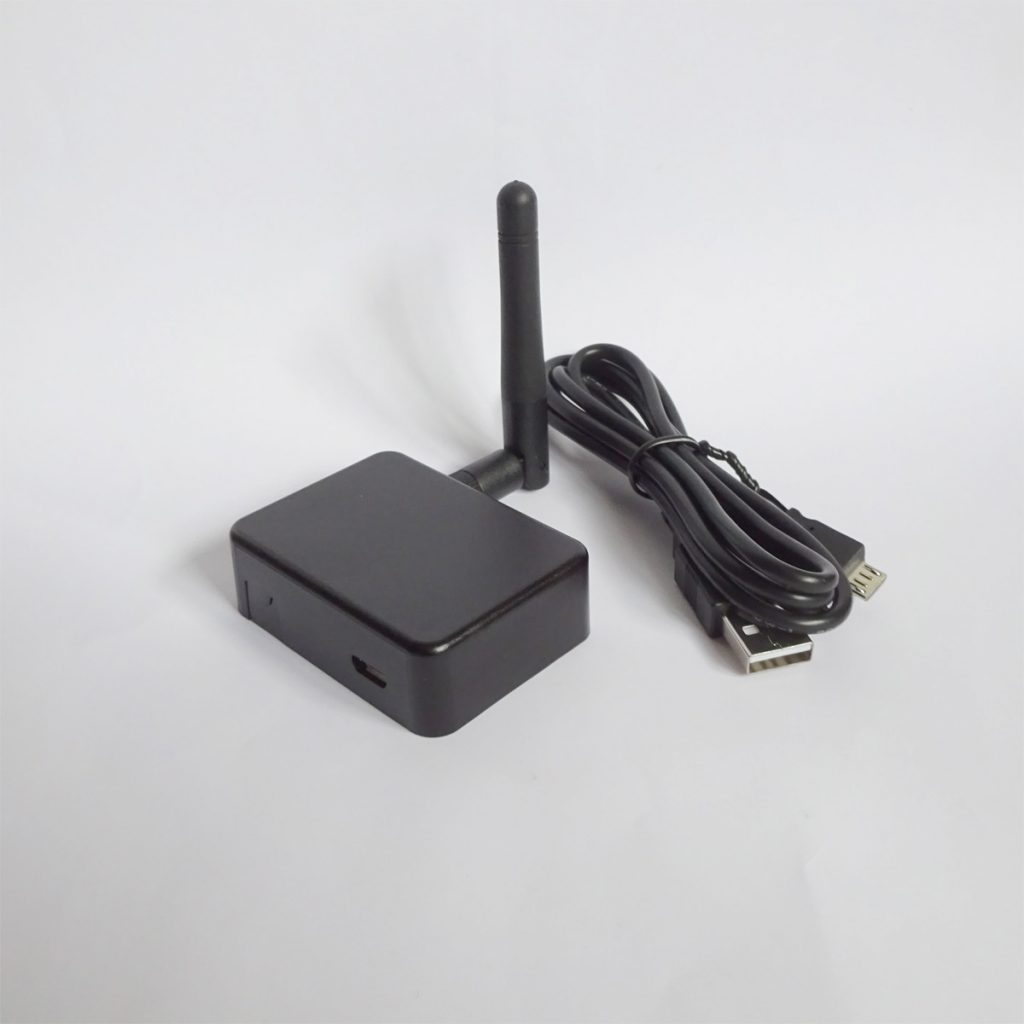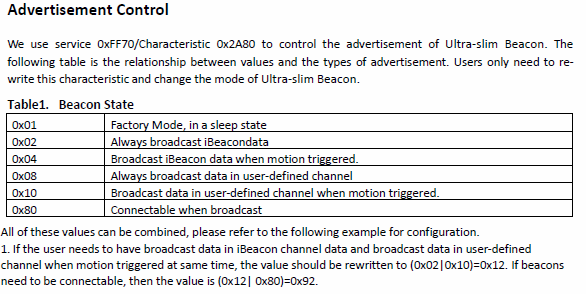Beacons are often mentioned as being IoT devices. IoT devices tend to measure and monitor performance and store data in some Big Data way. The Massachusetts Institute of Technology, Singapore MIT Alliance for Research and Technology and Technical University of Denmark have a paper on Combining Smartphone and iBeacon Technologies in a Transit Quality Survey.
Their proof of concept shows how, what looks like a transport end-user survey, can be additionally used to track service data and monitor performance on transit trips.
The paper has a few insights into the use of beacons. They found that the RSSI and proximity accuracy were affected by the number of people in the surrounding environment such that it was best to place the beacons at high positions at bus stops. They also found they needed to explictly ask users to manually enable Bluetooth on their phones.
They also consider problems that will be experienced if the proof of concept were to be scaled, in particular the dependency on having a wide set of beacon-equipped stops.
If the ultimate vision is to develop a platform for a city’s entire bus network, it may be impractical to install and maintain iBeacons at every bus stop.
There’s also mention of the need for more effective incentives to sustain participation, such as offering reward points or fare discounts.







